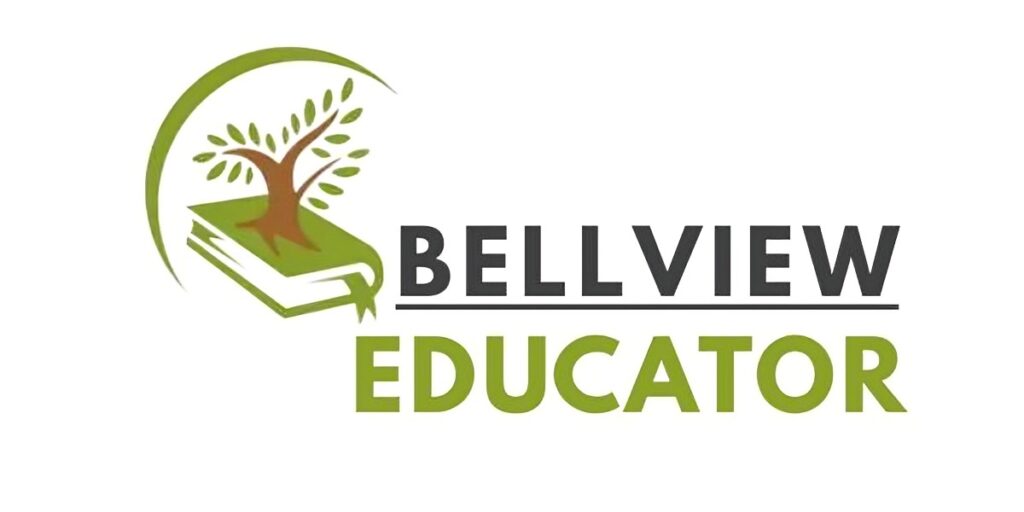Studying abroad is an exciting journey filled with dreams of global exposure, world-class education, and career opportunities. But after avoiding the common mistakes like starting late or ignoring visa rules, the next major hurdle Indian students face is the actual application process.
Thousands of students every year feel lost when it comes to filling out forms, understanding platforms like UCAS or CommonApp, or writing a course-specific SOP. In this guide, we break down the entire process step-by-step to help you apply smoothly and confidently.
Step 1: Shortlist the Right Universities
Before applying, it’s crucial to research and finalize the universities that best match your academic goals, budget, and preferred country.
🔍 How to do it:
- Identify your course of interest
- Use platforms like QS World Rankings, Times Higher Education, or university websites
- Check eligibility (GPA, English proficiency, entrance tests)
- Shortlist 5–8 universities: a mix of reach, match, and safety schools
📋 Pro Tip: Create a university tracker in Excel/Notion with columns like:
- Country
- Course
- Deadlines
- Portal type (UCAS, CommonApp, etc.)
- Application Fee
- Status
Step 2: Understand Application Platforms
Each country has different ways to apply:
🌍 USA:
Use CommonApp.org or apply through the university website
🇬🇧 UK:
Apply via UCAS.com (You can apply to up to 5 courses)
🇨🇦 Canada:
Mostly direct applications through the university’s site; some provinces like Ontario use OUAC
🇦🇺 Australia & New Zealand:
Apply through university portals or with the help of a registered agent
🇪🇺 Europe:
Some use platforms like Uni-Assist (Germany), others prefer direct apps
📌 Check:
- If you can apply without agents
- If the university accepts scanned or original documents
- If you need to convert marks (like CGPA to GPA)
Step 3: Prepare Essential Documents
Universities abroad look for more than just marksheets. Here’s what you’ll generally need:
📄 Required Documents:
- Academic transcripts (10th, 12th, Bachelor’s if applicable)
- Passport (valid for at least 1 year)
- Resume/CV (highlight academics, projects, internships)
- Statement of Purpose (SOP) / Personal Statement
- Letters of Recommendation (LORs) – typically 2–3
- English Language Proficiency: IELTS/TOEFL/Duolingo
- Portfolio (for design/arts/media courses)
📋 Bonus Documents:
- GRE/GMAT score (if required)
- Work experience certificates
- Certificates of extracurriculars or leadership
Step 4: Write a Targeted SOP or Personal Statement
This is where many students fail. A generic SOP can hurt your chances—even if you have excellent grades.
🖊️ Tips to write a winning SOP:
- Start with your motivation to choose the course
- Connect your academic background to future goals
- Explain why you chose that particular university
- Be honest, clear, and avoid flowery language
- Limit it to 800–1000 words unless stated otherwise
💡 Tailor your SOP slightly for each university. Mention specific faculty, facilities, or program structure that inspired you.
Step 5: Fill Out the Application Form
Once you’re ready with documents and SOPs, it’s time to apply.
🛠️ Steps:
- Create an account on the relevant portal
- Fill in personal, academic, and contact details
- Upload documents in the required format (usually PDF, under a size limit)
- Double-check for typos and errors
- Pay the application fee (₹3,000–₹7,000 per university on average)
💬 Tip: Save every confirmation page or email. You’ll need the application ID for tracking.
Step 6: Apply for Scholarships (Optional but Powerful)
You don’t always need to wait for acceptance to apply for scholarships.
🎓 Types of Scholarships:
- Merit-based (based on academic performance)
- Need-based (financial background)
- Country-specific (Indian students may be eligible for Commonwealth, Chevening, DAAD, etc.)
- University-specific waivers
🌐 Platforms like:
- Scholarships.com
- DAAD.de (Germany)
- EduCanada.ca
Step 7: Monitor & Respond
After applying, stay active.
🔔 Watch for:
- Application updates
- Email interview invitations
- Admission offers or conditional letters
📅 Set reminders to follow up if no update is received within 4–6 weeks.
Step 8: Accept Offer & Plan Visa Process
Once you receive an acceptance letter (congrats!), you’ll be asked to:
- Accept the offer
- Pay a deposit (usually refundable if visa is rejected)
- Start your visa application
This step includes preparing financial documents, medical tests (if needed), and booking your visa interview.
🗂️ You’ll need:
- Admission Letter
- Financial proof (bank statements, education loan)
- Visa application form (country-specific)
- Passport, photographs
- Accommodation proof
- Travel insurance
Final Thoughts
The application process may feel overwhelming, but with proper planning, guidance, and clarity, it becomes manageable—and even exciting. Don’t wait until deadlines are near. Start early, stay organized, and give yourself the best shot at your dream university.
🤝 Need Help With Your Applications?
At Bellview Educator, we specialize in helping Indian students apply to top universities across the world—with expert SOP support, document preparation, and visa filing guidance.
📍 Visit us in Koramangala, Bengaluru
📞 +91 9741787521
📩 info@bellvieweducator.com









